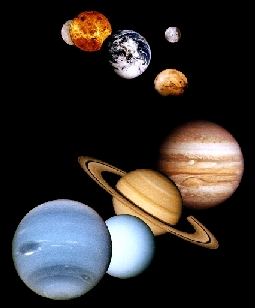A montage of all the planets, except Pluto.
Click on image for full size
NASA/JPL.
Motions of the Planets
For many years, people believed that the
Earth was the unmoving center of the universe and that the
planets,Sun,
moon, and the stars moved on
spheres around the
Earth. Astronomers such
as
Copernicus and
Galileo suggested that a Sun
centered solar system offered a better way to understand the motions
of these objects in the sky. But people weren't ready to accept that
the Earth wasn't the center of the universe.
Johannes Kepler used the
very precise observations of the positions of planets made by
Tycho Brahe to
prove
that this theory could explain the motions of planets. His research
revolutionized astronomy.
From these observations, Kepler formulated three laws of planetary orbits which describe
how the planets move on their orbits around the Sun. By studying the
observations, Kepler derived these laws, but he didn't understand why
planets are forced to move in this way. The concept of gravity wasn't
fully understood until Isaac Newton, who could
then show that Kepler's laws are simply a consequence of the
gravitational attraction between the Sun and the planets.
You might also be interested in:
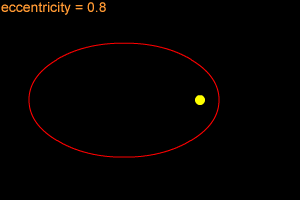
Most objects in orbits move along an elliptical path. An ellipse is a shape that can be thought of as a "stretched out" circle or an oval. An ellipse can be very long and thin, or it can be quite
...more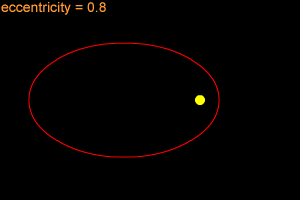
When one object is in orbit around another object, the orbit is usually an elliptical orbit. For example, all of the planets in our Solar System move around the Sun in elliptical orbits. An ellipse is
...more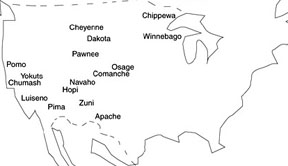
By 30,000 B.C,. Asian hunter-gatherers had crossed the Bering Strait into North America. These people were the first to inhabit this new land and so they are known as the Native Americans of North America.
...more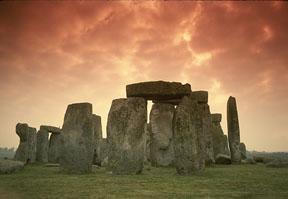
"The movements of the heavenly bodies are an admirable thing, well known and manifest to all peoples. There are no people, no matter how barbaric and primitive, that do not raise up their eyes, take note,
...more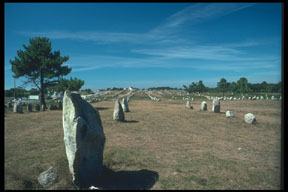
The stones of Carnac, France, are probably the most famous stones markings outside of those found at Stonehenge in England. Where Stonehenge is composed of standing stones, the Carnac area has many different
...more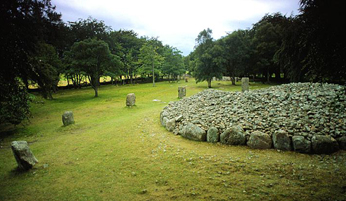
Not too far from Loch Ness, where the green highlands of Scotland rise and fall there lies three giant cairns of stones. They are called the Balnuaran of Clava. The Balnuaran of Clava, giant tombs encased
...more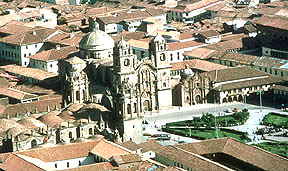
This is an aerial view of Cuzco. In the center of the picture, the cathedral of Cuzco can be seen. This cathedral was built in the 17th century. Cuzco is located in Southern Peru. It is the ancient capital
...more


